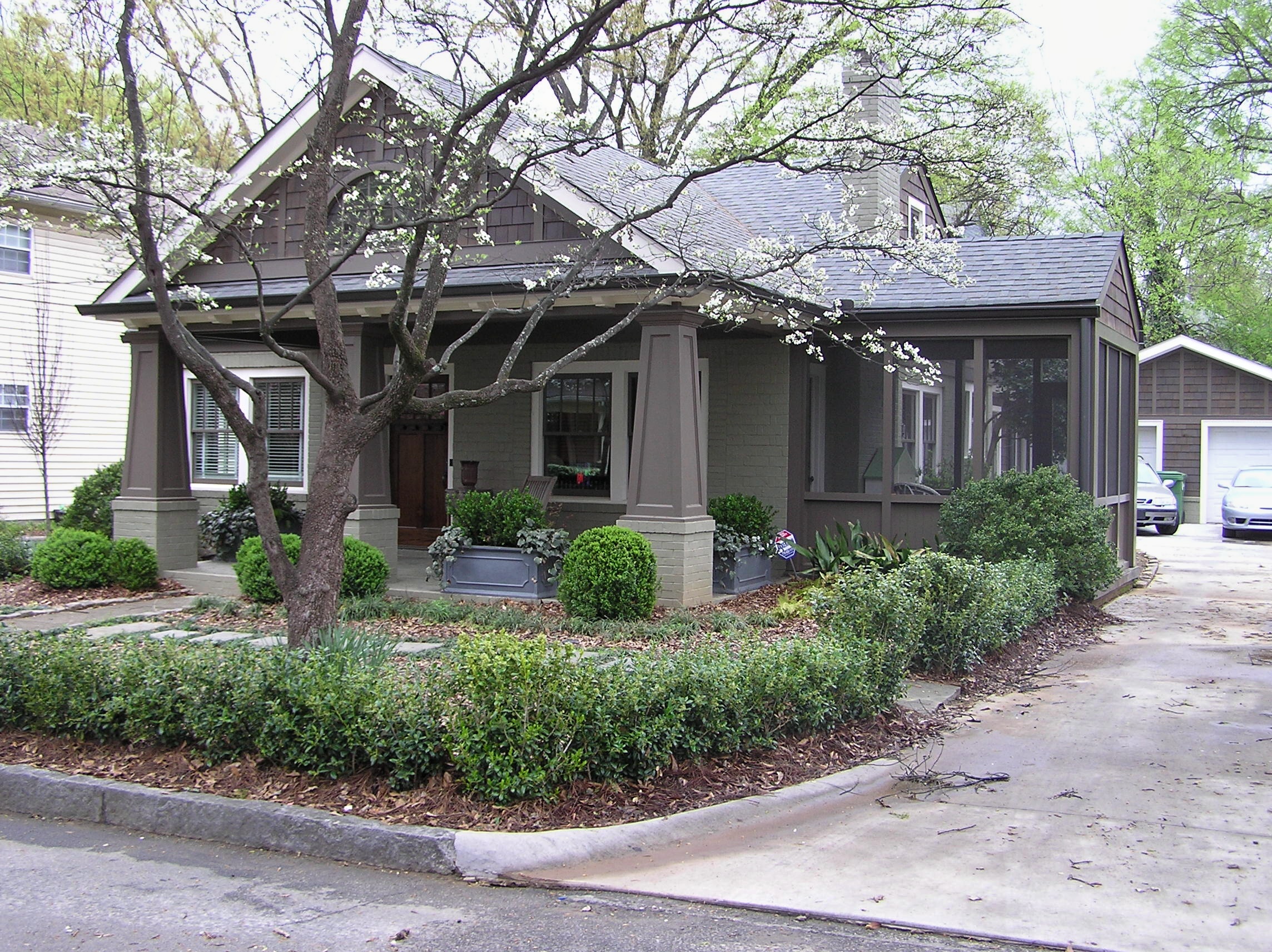
For some time now, most of us have been aware of, if not devoted to, the farm-to-table, locavore culture of certain restaurants. My wife is a manager at one such restaurant and came home one day with horrifying insight into how most shrimp catches are processed before they reach our tables and how her restaurant works with a small vendor who delivers unprocessed catch. So lately, I’ve taken to extrapolating to what it might mean to apply some of these principles to other aspects of our lives, in particular to our industry of construction and remodeling. Well, it’s hard to get very far with that, because construction materials do in fact source from all over the world, although items like concrete, brick, stone and drywall may well be local or regional.
So, thinking about this, I remembered a comment a friend made recently about how dismayed she and her husband are that so many infill homes in their intown Atlanta neighborhood look so generic and unimaginative. Obviously, this is not the case for every “custom” home … but beware that catchword, “custom.” Sadly, it has come to mean very little more than the home is stand-alone rather than in a subdivision, implying that it is a unique creation rather than a clone.
My friend went on to say that the homes being demolished to make way for their larger counterparts, while not necessarily in exemplary condition and often too small for many buyers, often had character and uniqueness themselves and frequently seemed to “fit” the neighborhoods better – more proportional, often more eclectic, and yes, more “local.”
This is not a diatribe against infill construction, nor against development per se, but my friend’s disappointment brings me back, admittedly a bit obtusely, to my disappointment that more of our living isn’t more about place, whether it be food, architecture or even retail shopping. I’ve seen many examples of recently built Craftsman-style homes that are tastefully done, relatively authentic and not overwhelming, but I have seen too many others that are rather transparent efforts to capitalize on a trend, big boxes with doo-dad details.
It is our feeling at MOSAIC Group that design begins with context and context is as local as you can get – space, trees, outdoor living flowing from indoor spaces, and enjoining the style of the home with the neighborhood and sometimes the era of the homes (not to say that we shouldn’t sometimes breech the boundaries a bit). While we cannot hope to get all of our construction products locally, and shouldn’t simply emulate the past, we can certainly infuse our work with the flavor and spirit of place. Fortunately, there are some great examples of that in Atlanta.
By William Fadul, CR, GCP, Principal, MOSAIC Group [Architects and Remodelers] in Atlanta, Georgia
